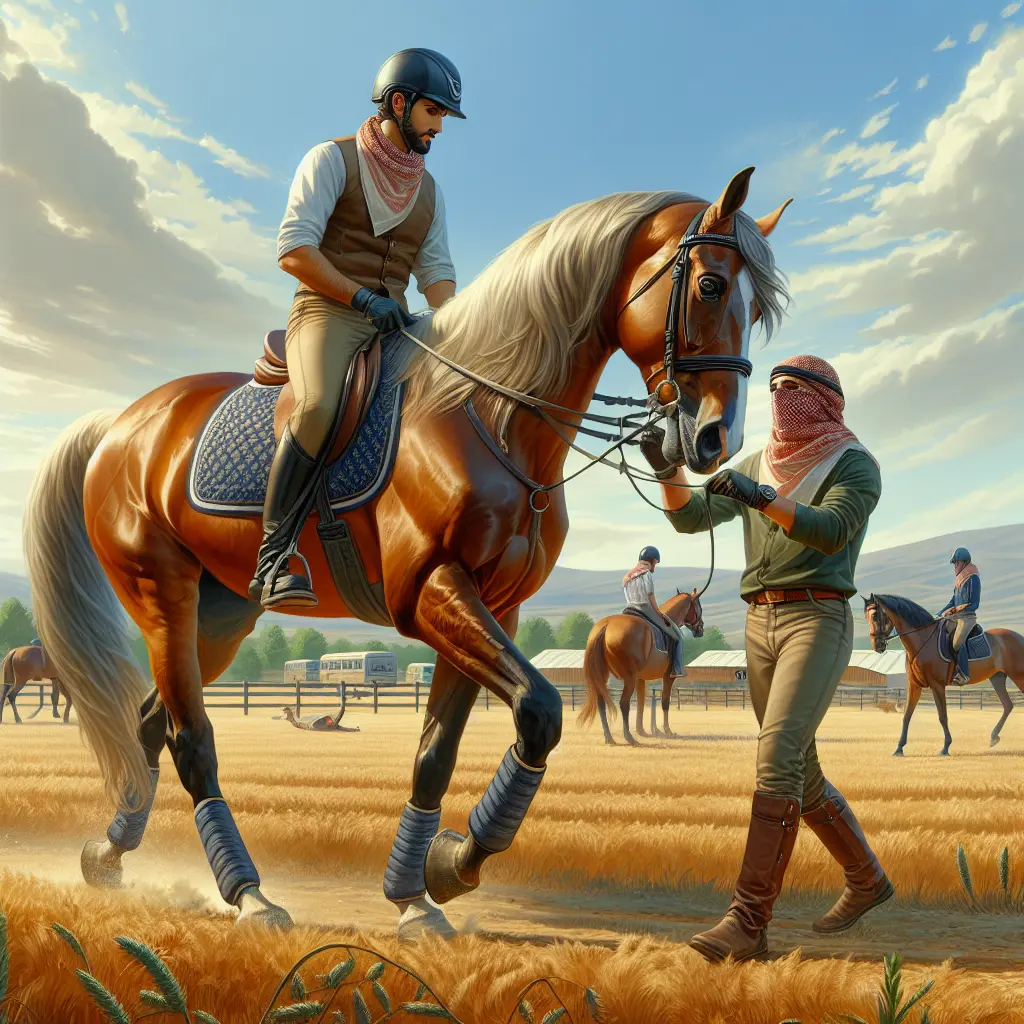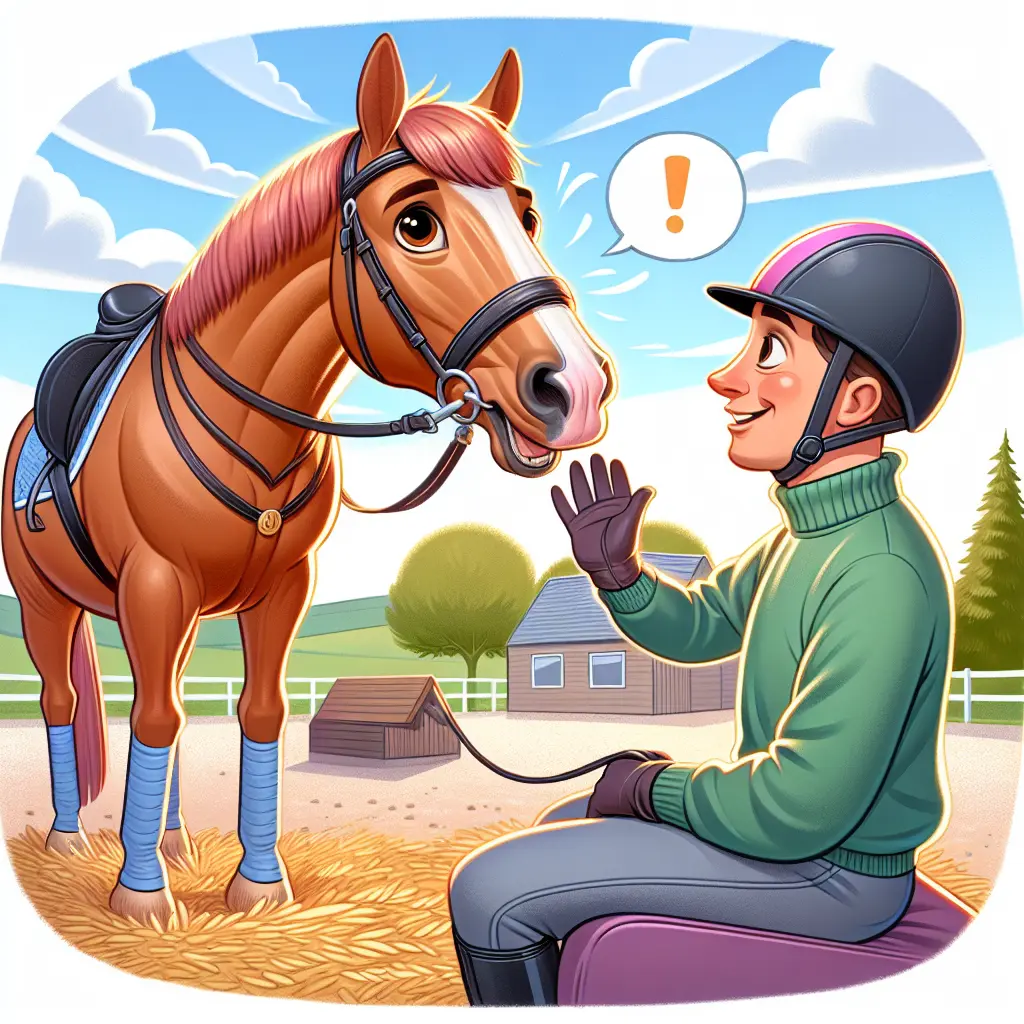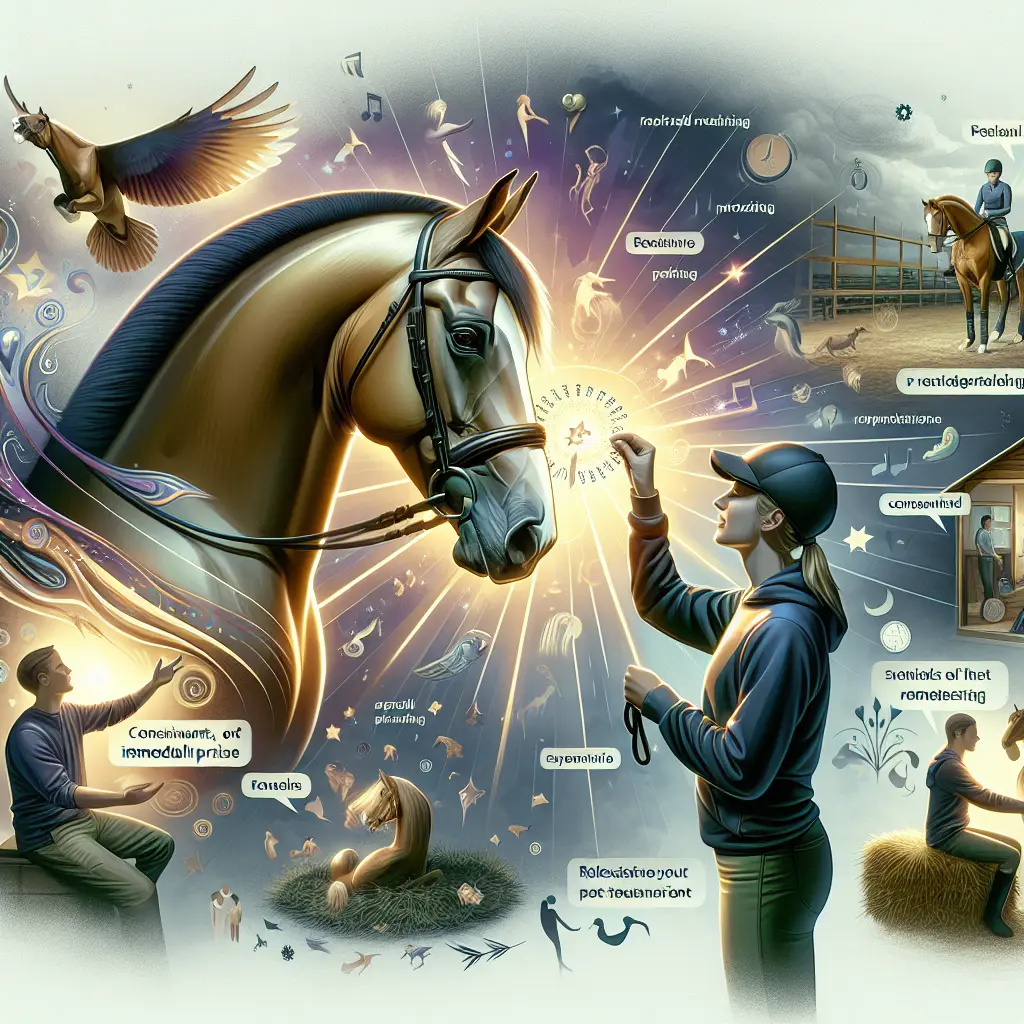The Power of Verbal Praise: Strengthening Horse and Rider Communication
Communication between horses and riders transcends the mere act of riding. It's a fine dance of trust, understanding, and mutual respect that develops over time. One of the often-underestimated tools in this delicate ballet is verbal praise. Understanding how and when to integrate verbal cues can greatly enhance the bond between horse and rider, leading to improved performance and a more rewarding relationship. In this article, we will explore the significance of verbal praise, delve into the psychology behind it, and offer practical tips for implementation.
The Psychology of Horses and Verbal Cues
Horses are remarkably perceptive animals with the ability to rapidly associate rewards with behaviors. Studies show they have a three-second association time, enabling them to quickly link actions with positive outcomes[1]. This characteristic is a cornerstone of effective training, as it allows for timely reinforcement of desired behavior.

Benefits of Verbal Praise
Enhanced Trust and Confidence
Verbal praise is instrumental in building trust and confidence. When a horse understands it is performing correctly, it tends to be more relaxed and confident, enhancing the overall communication and experience[1].
Clear Communication
Verbal cues offer an immediate feedback mechanism that clarifies expectations for the horse. This clarity helps minimize confusion and establishes a more transparent line of communication, fostering an environment conducive to learning and growth[1].

Improved Performance
An enthusiastic response often follows verbal praise, as it serves as a powerful motivator. Horses are more likely to perform movements with gusto when they connect praise with enjoyable activities[4].
Types of Verbal Praise and Rewards
Voice as a Reward
Using the voice as a reward is ideal for horses sensitive to physical touch. This method allows for the reinforcement of progress without causing stress, marking verbal praise as a gentle yet effective tool in a rider's kit[1].
Combining Verbal Praise with Physical Rewards
Sometimes, verbal praise can be paired with physical rewards like a gentle pat on the neck or a sugar cube. These gestures strengthen verbal cues, providing a multifaceted approach to reward a horse’s good behavior[1].

Walk Breaks and Stretching
Providing breaks and allowing horses to stretch after strenuous activity also counts as praise. Such practices help the horse connect hard work with positive experiences, reinforcing trust and communication[1].
Horseback Riding: Enhancing Human Communication
Interestingly, horseback riding also benefits human communication by reinforcing non-verbal skills, active listening, and verbal instruction skills. Interaction with horses enriches social capabilities in diverse contexts[4].
Therapeutic Benefits of Horse Interactions
The therapeutic benefits of interacting with horses include stress reduction and improved emotional intelligence. Regular contact can lower cortisol levels, offering a natural antidote to stress and enhancing social skills in children[5].

Practical Tips for Implementing Verbal Praise
Consistency
Consistency is crucial when applying verbal praise. Employing uniform words and tone helps the horse quickly identify and understand the intent of the praise[1].
Timing
Praise should be immediate, following the desired behavior to reinforce it while the action is fresh in the horse's mind[1].
Combination with Other Rewards
Incorporating a variety of rewards, such as treats, walks, and verbal praise, can make it more interesting and engaging for the horse, enhancing motivation and performance.
Conclusion
Verbal praise, when executed with thoughtfulness and consistency, can serve as a vital component in the relationship between horse and rider. By fostering trust and improving communication, it aids in creating a safer, more successful riding environment. Whether you’re exploring the world of Jodhpurs or upgrading your Boot collection, using verbal praise can significantly complement your equestrian journey. Ultimately, employing verbal praise effectively will not only enhance a horse’s performance but also magnify the joy in horse riding for both rider and equine partner.


